- The prestigious Camp Nou of Barcelona FC serves as Europe’s largest football stadium with a capacity of 99,354
- The stadium hosted the 1989 European Cup final and the 1999 UCL final and has served as a venue for some of the best football stars
- Allianz Arena is the only stadium in Europe that can change colours to indicate which of the two home teams is playing
Sporting arenas have been widely recognized in the spectacular world of sport to be a source of pride, income, impression, and board for their owners, tenants, and the towns in which they are located.
This fact is not insignificant in soccer and is a widely recognised sport played worldwide.
Because of the sport’s popularity, the demand for stadiums is high due to the numerous teams that compete on a global scale.
This article examines the world’s eight biggest football stadiums In Europe. These stadiums are distinguished by their size, capacity, complexity, location, popularity, and beauty, contributing significantly to their cost.
8. Allianz Arena
Capacity: 71,437
Location: Munich, Germany
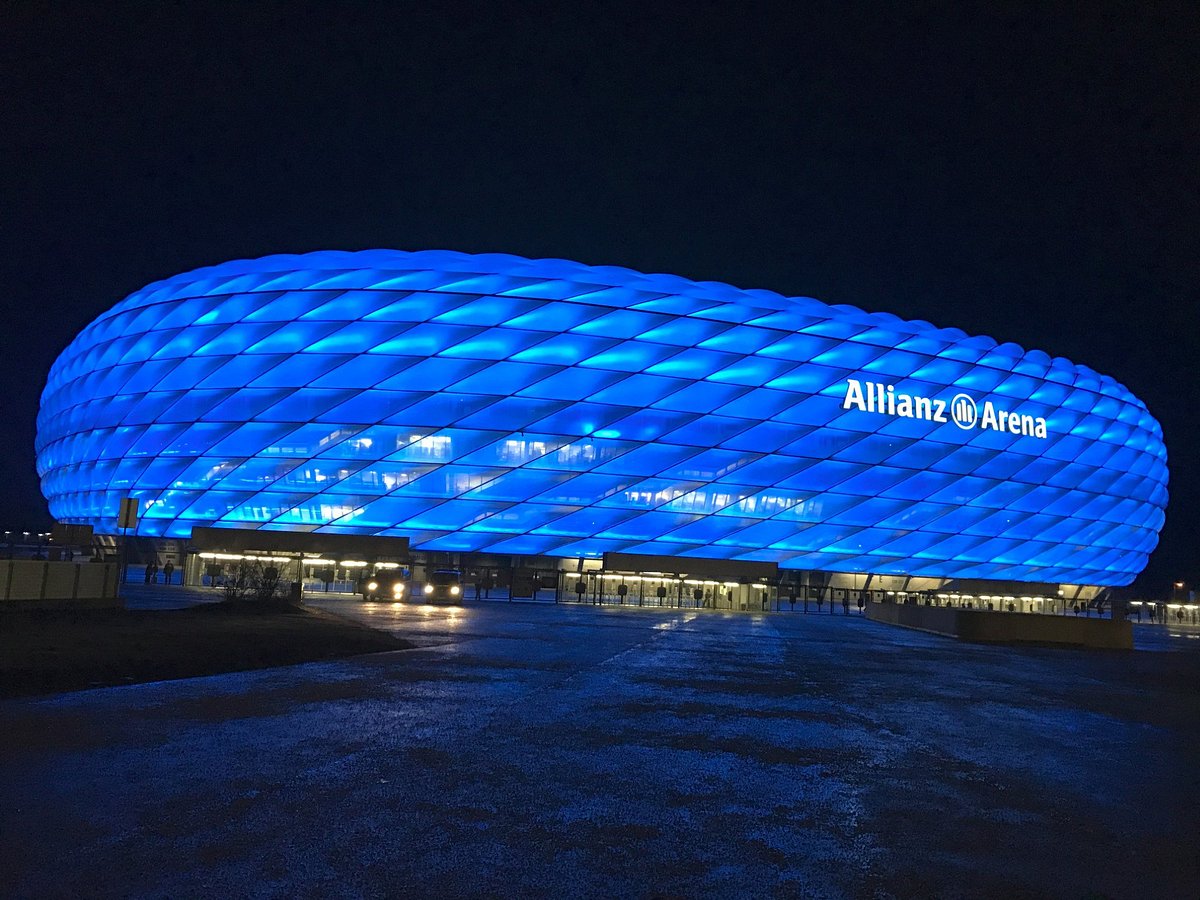
Allianz Arena is the only stadium in Europe that can change colours to indicate which of the two home teams is playing, Blue for 1860 Munich and Red for Bayern Munich.. Photo: Getty Images
The tyre-designed Bayern Munich and 1860 Munich home-ground, which opened in 2005 and hosted the 2012 UEFA Champions League final, can hold 71,437 people.
It is currently the only stadium in Europe that can change colours to indicate which of the two home teams is playing, Blue for 1860 Munich and Red for Bayern Munich. Its uniqueness would become a brand for popularity in the future.
7. Old Trafford Stadium
Capacity: 75,731
Location: Manchester, England
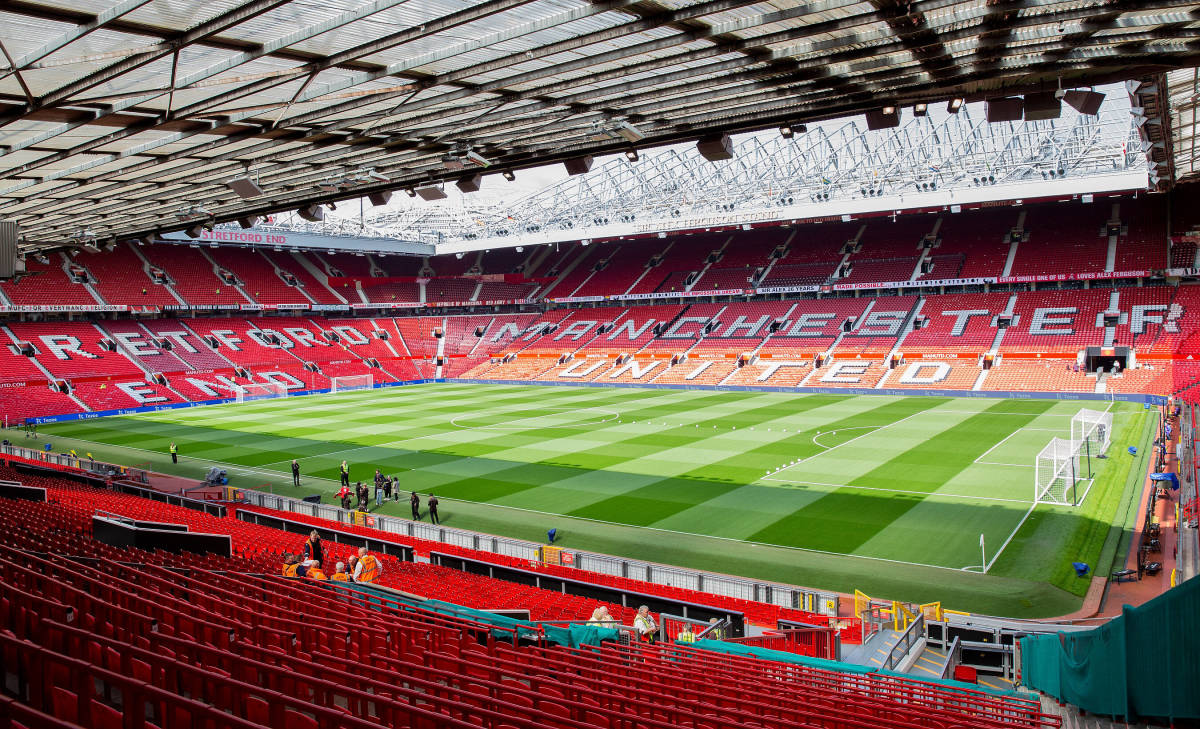
Old Trafford Stadium . Photo: Getty Images
The 75,731-seater stadium, ranked as England’s most famous football club stadium hosted the 2003 UCL final three years before its remodelling in 2006.
Since its founding in 1910, Manchester United’s Old Trafford has hosted many fans and supporters, who come to watch one of the world’s most famous football clubs. As a result, the value of this beautiful piece has skyrocketed
6. Maracana
Capacity: 78,838
Location: Rio de Janeiro, Brazil
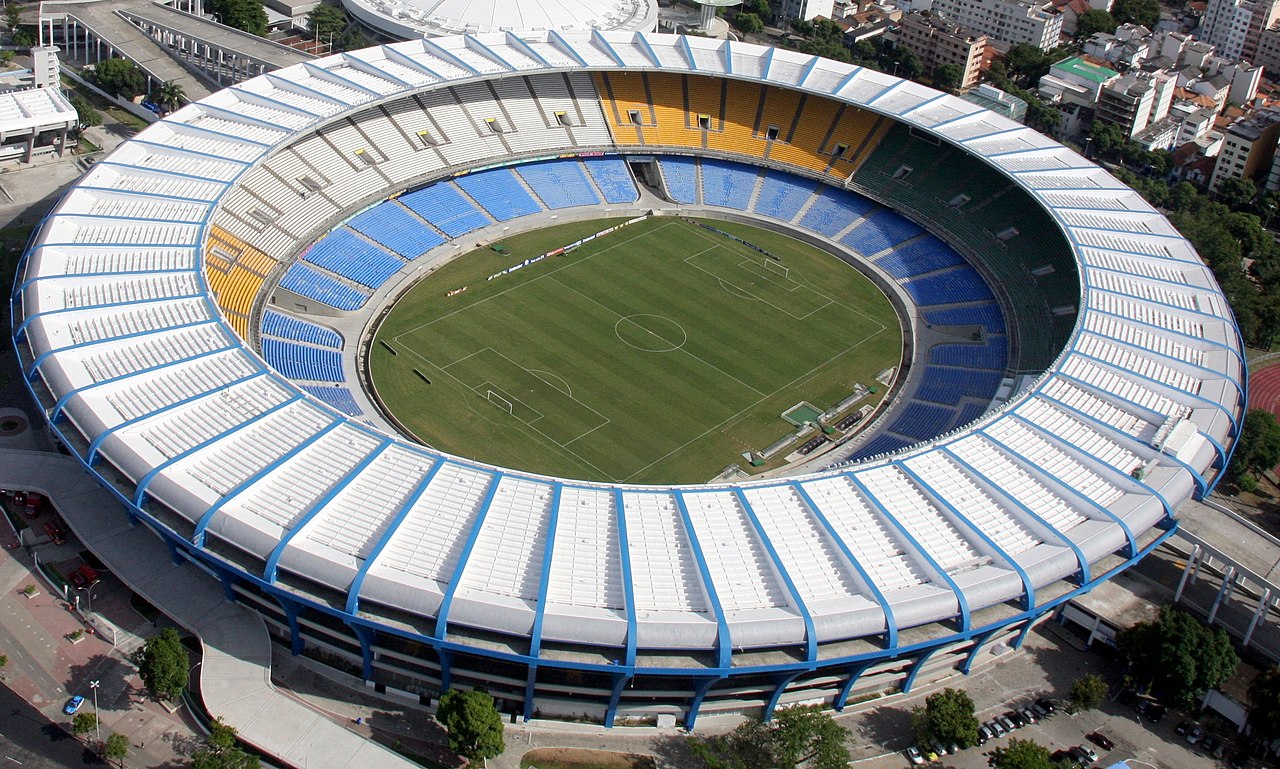
Maracana Stadium . Photo: Wikimedia
The Brazilian national football team’s stadium, which opened in 1950, has a capacity of 78,838 people and served as the site of the 1950 World Cup important group stage match, the 2014 World Cup finals, and the 2016 Olympic Games football final.
Its value can be attributed to its location in one of the world’s most classy and prominent cities and the significant moments it holds in football history
5. Stadio Giuseppe Meazza
Capacity: 80,018
Location: Milan, Italy
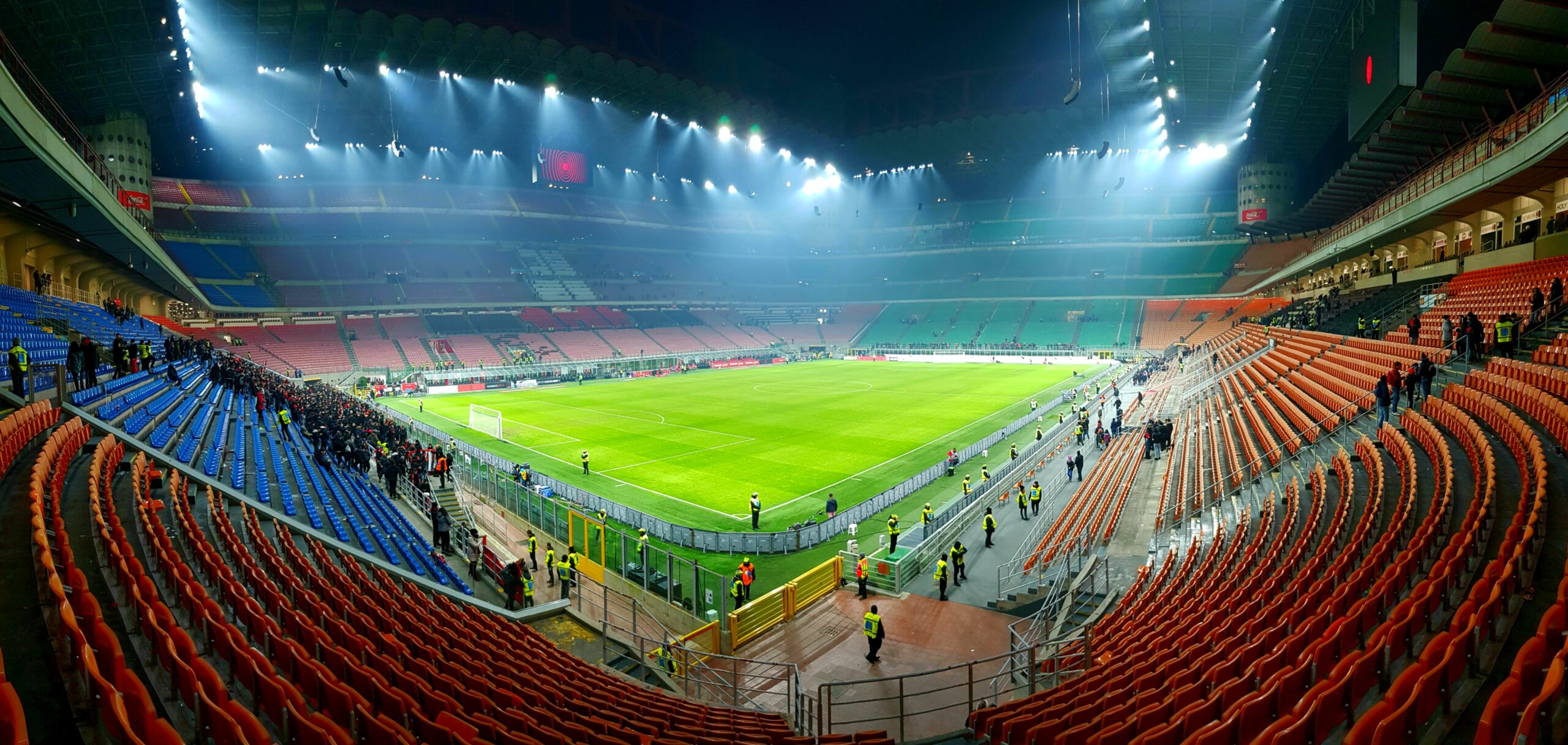
Stadio Giuseppe Meazza. Photo: Wikimedia
Giuseppe Meazza’s AC Milan and Internazionale was founded in 1926 and had a seating capacity of 80,018 people. It hosted the European Cup finals in 1965 and 1970 and the UCL final in 2002.
The stadium, also known as San Siro, is the largest in the country and the home of two opposing teams. Its size, as well as the moments it has enabled, all contribute to its value.
4. Signal Iduna Park
Capacity: 80,645
Location: Dortmund, Germany
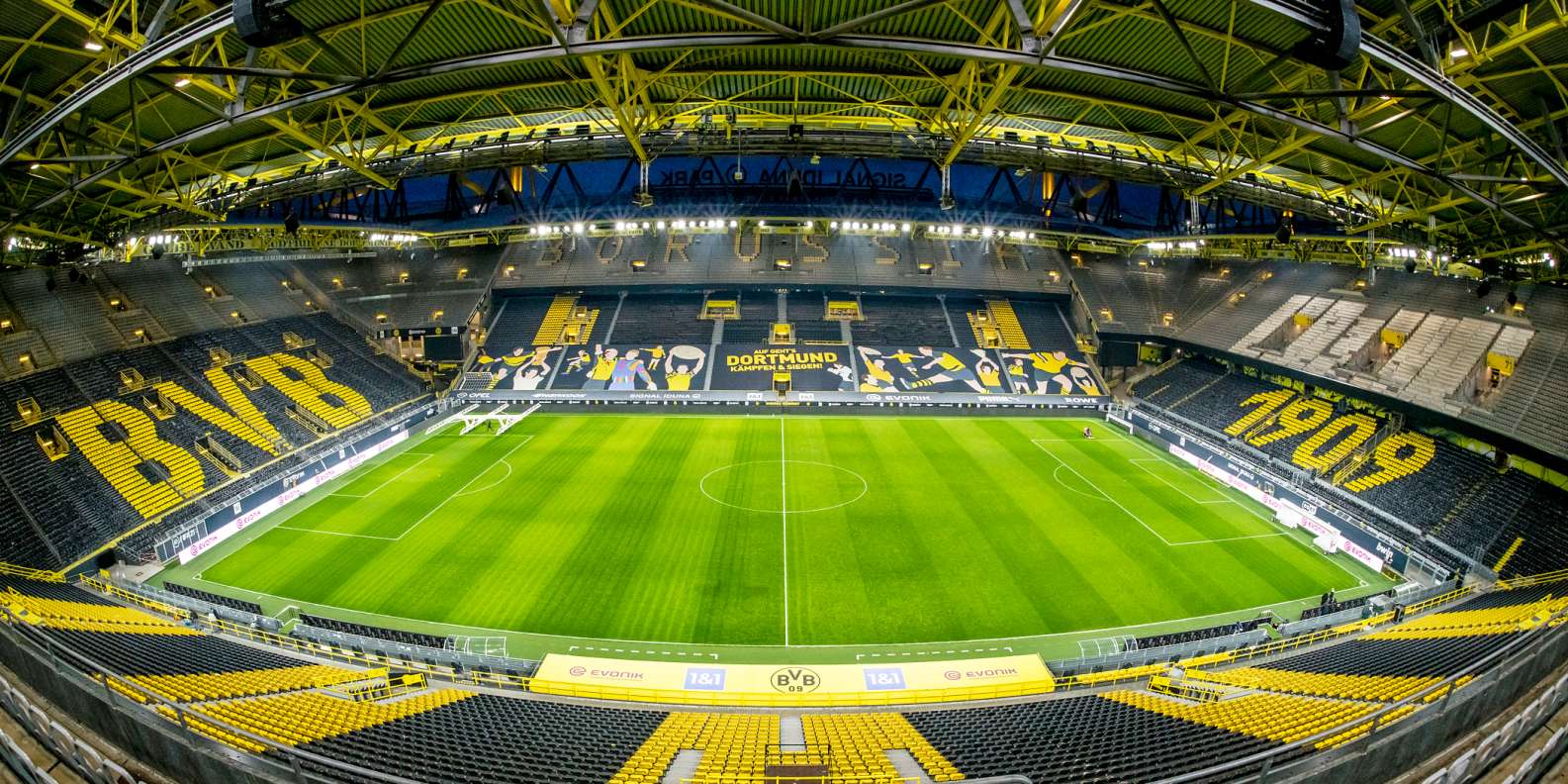
Signal Iduna Park. Photo: MARCA
The Signal Iduna Park, which hosted group-stage matches in the 1974 and 2006 World Cups, has been the home ground of Borussia Dortmund since its inception in 1974.
At its most expensive, it can accommodate 80,645 people. It is also known as the largest stadium in all of Germany.
The stadium’s value has increased due to the home team’s success in current history. Furthermore, with a capacity of 24,454, Borussia Dortmund’s south stand is Europe’s largest free-standing grandstand.
3. Santiago Bernabeu
Location: Madrid, Spain
Capacity: 85,454
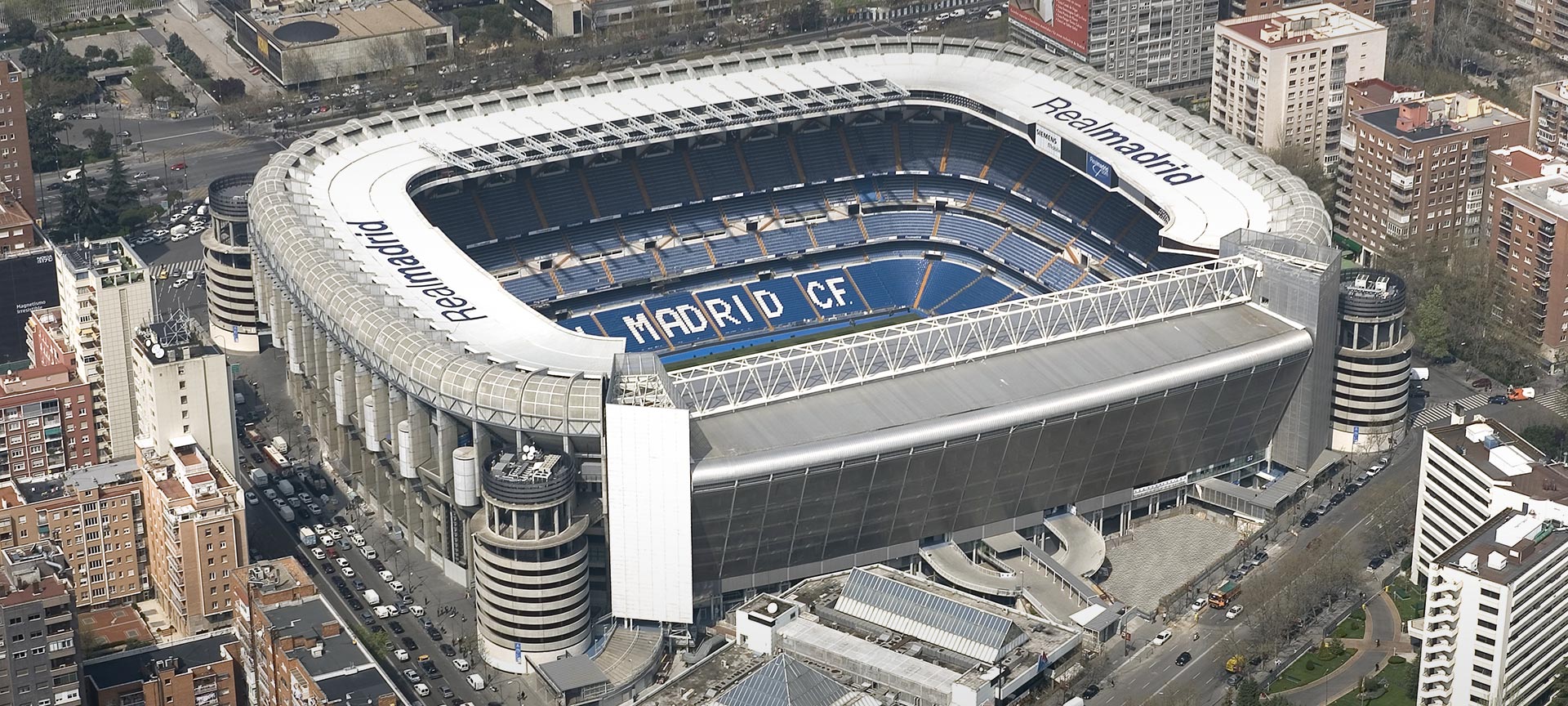
Santiago Bernabeu is the third largest football stadium in Europe. Photo: Getty Images
The 85,454-seater Santiago Bernabeu belongs to the most successful football club in history (Real Madrid) and the Spanish national football team.
The stadium has hosted notable matches such as the 2010 UCL final, the European Cup finals in 1957, 1969, and 1980, and the FIFA World Cup final in 1982.
The Grand stadium has been rebuilt twice since its inception in 1947, in 1982 and 2001. The fact that It has hosted some of the best players in soccer history adds to the arena’s stature.
Santiago Bernabeu’s value is notable now and for a long time because of its capacity, destination, and beauty.
2. Wembley
Capacity: 90,000
Location: Wembley, London
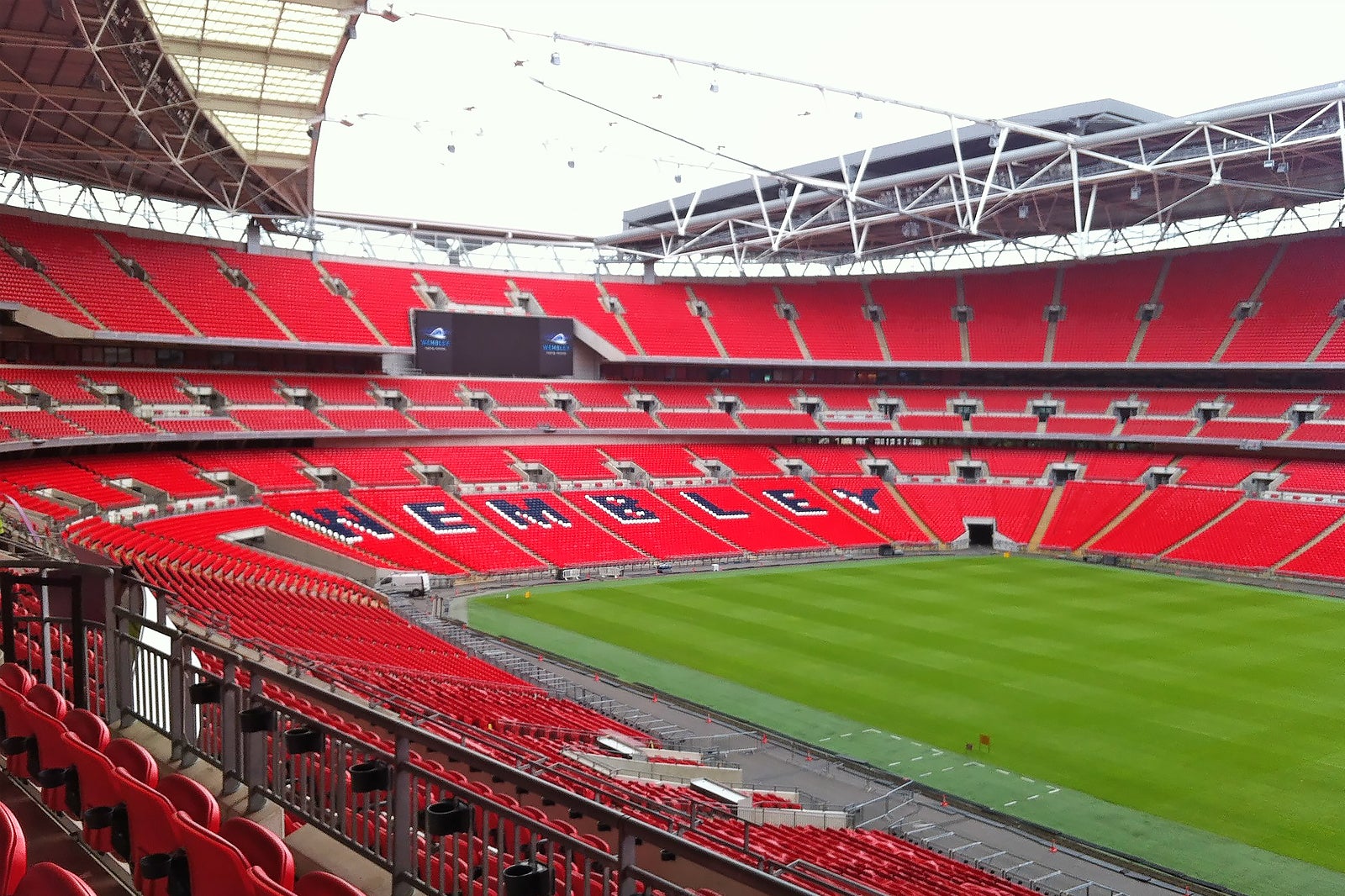
Wembley stadium holds acapacity of 90,000. Photo: MARCA
The English national football team owns the 90,000-seater grand Webley stadium, and Tottenham FC uses it, which is, without a doubt, one of the most valuable stadiums in soccer.
The revitalised New Wembley stadium looked better and livelier than before its renovation in 2007. It hosted the 2011 and 2012 UCL finals and the London 2012 Olympic football games
1. Camp Nou
Capacity: 99,354
Location: Barcelona, Spain
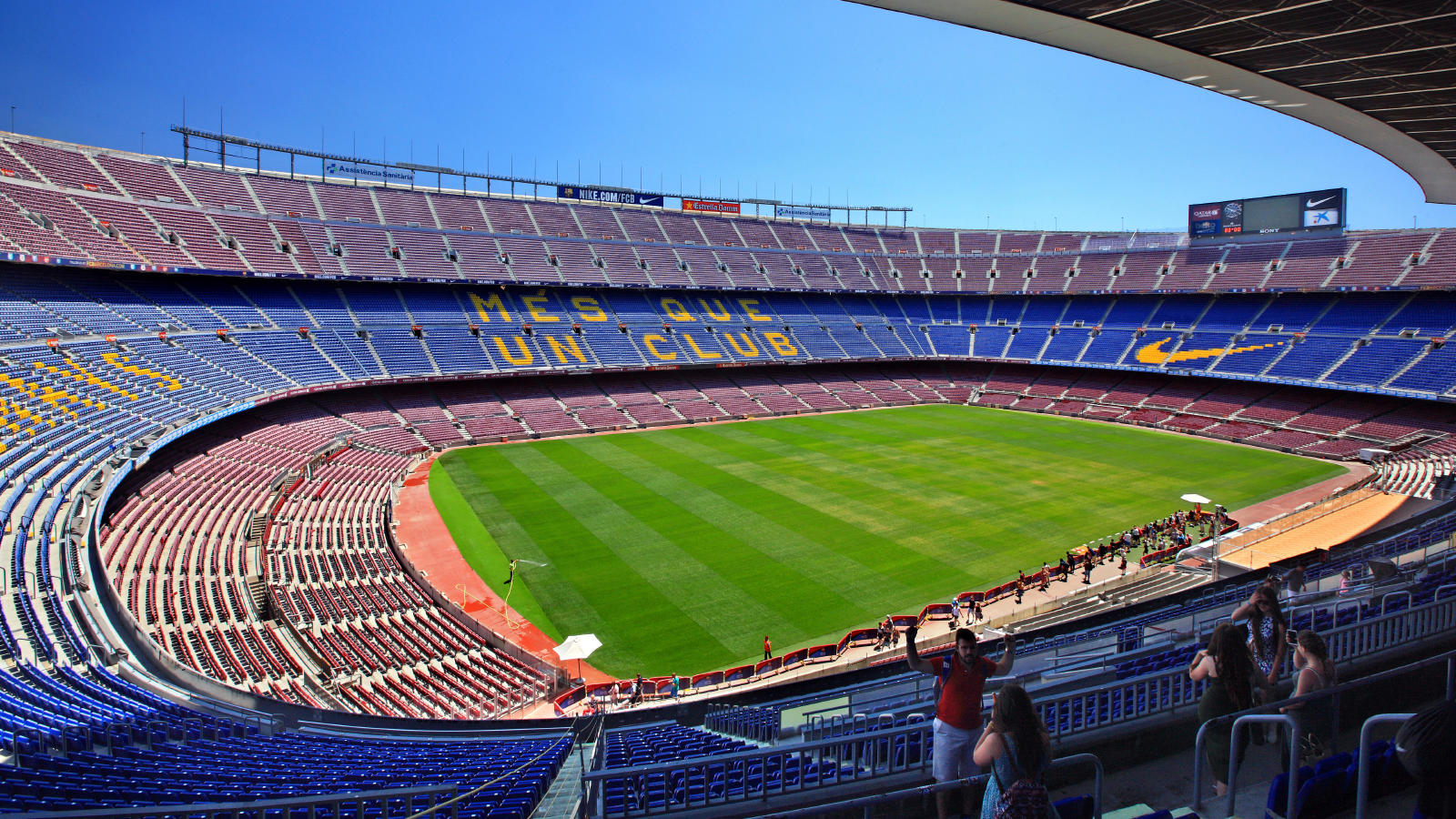
The Camp Nou, the football stadium of FC Barcelona. Barcelona city, Catalonia, Spain. Photo: Getty Images
The beautiful and illustrious FC Barcelona’s Camp Nou serves as Europe’s largest football stadium. The striking 99,354-seater sitter stadium hosted the 1989 European Cup final and the 1999 UCL final.
Since 1957, the stadium has served as a venue for some of the best football stars, and it has become an icon in soccer history. The highly regarded Nou Camp is unquestionably an excellent value due to its size and specialisation.
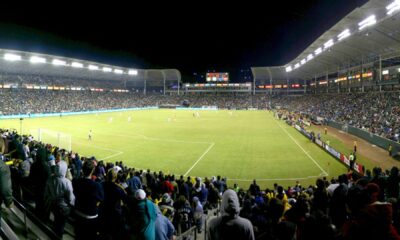





















You must be logged in to post a comment Login